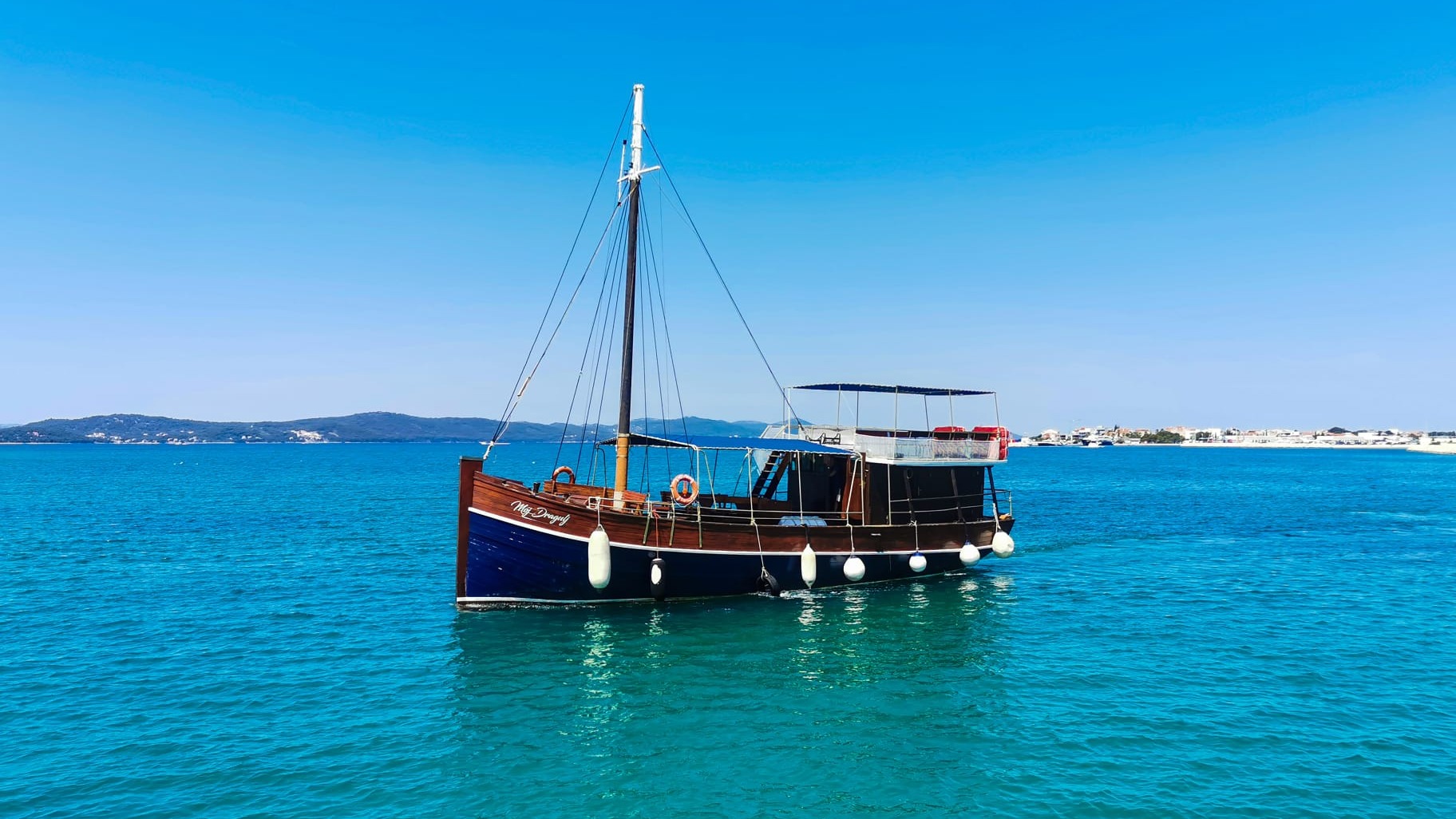
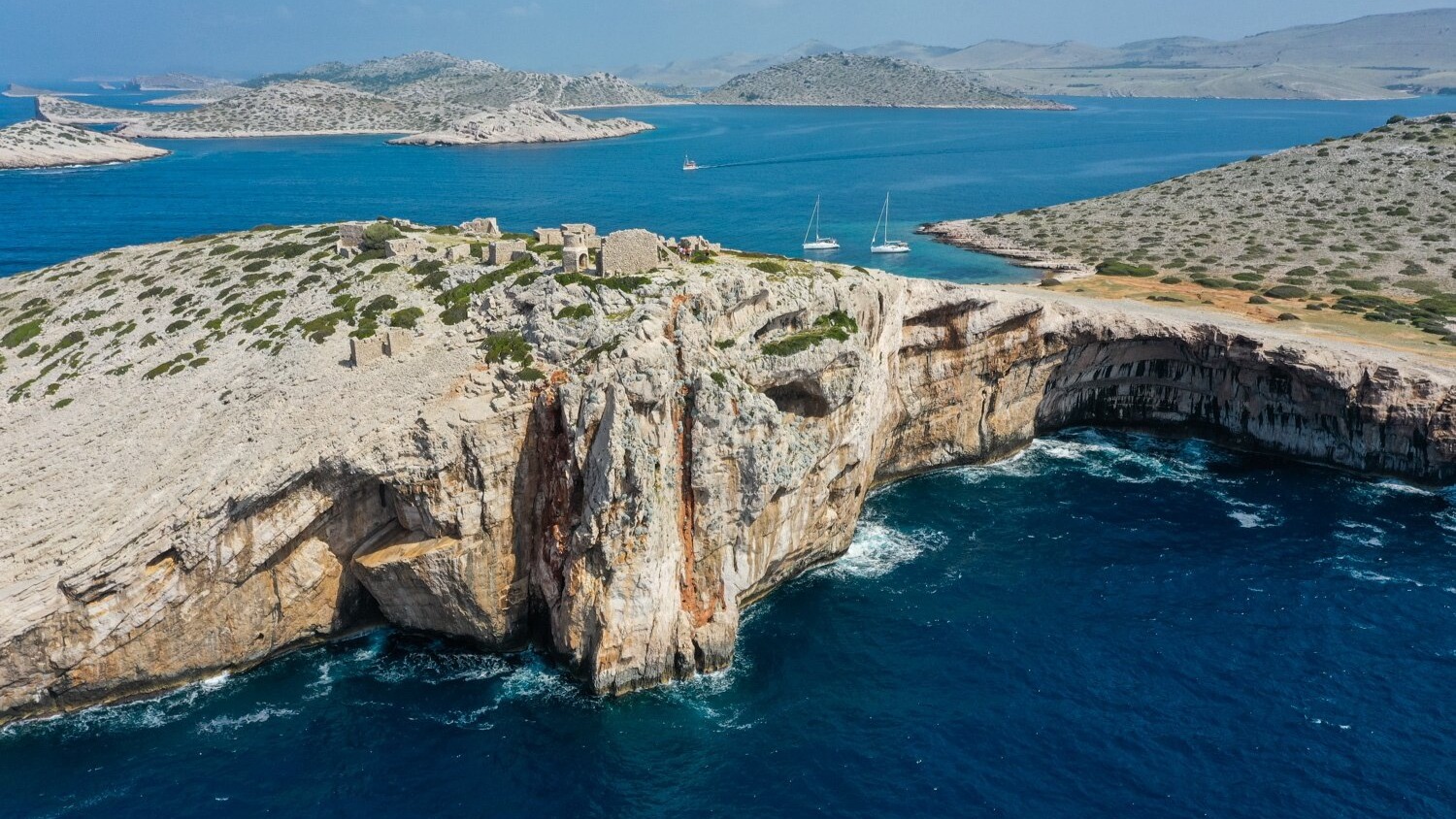
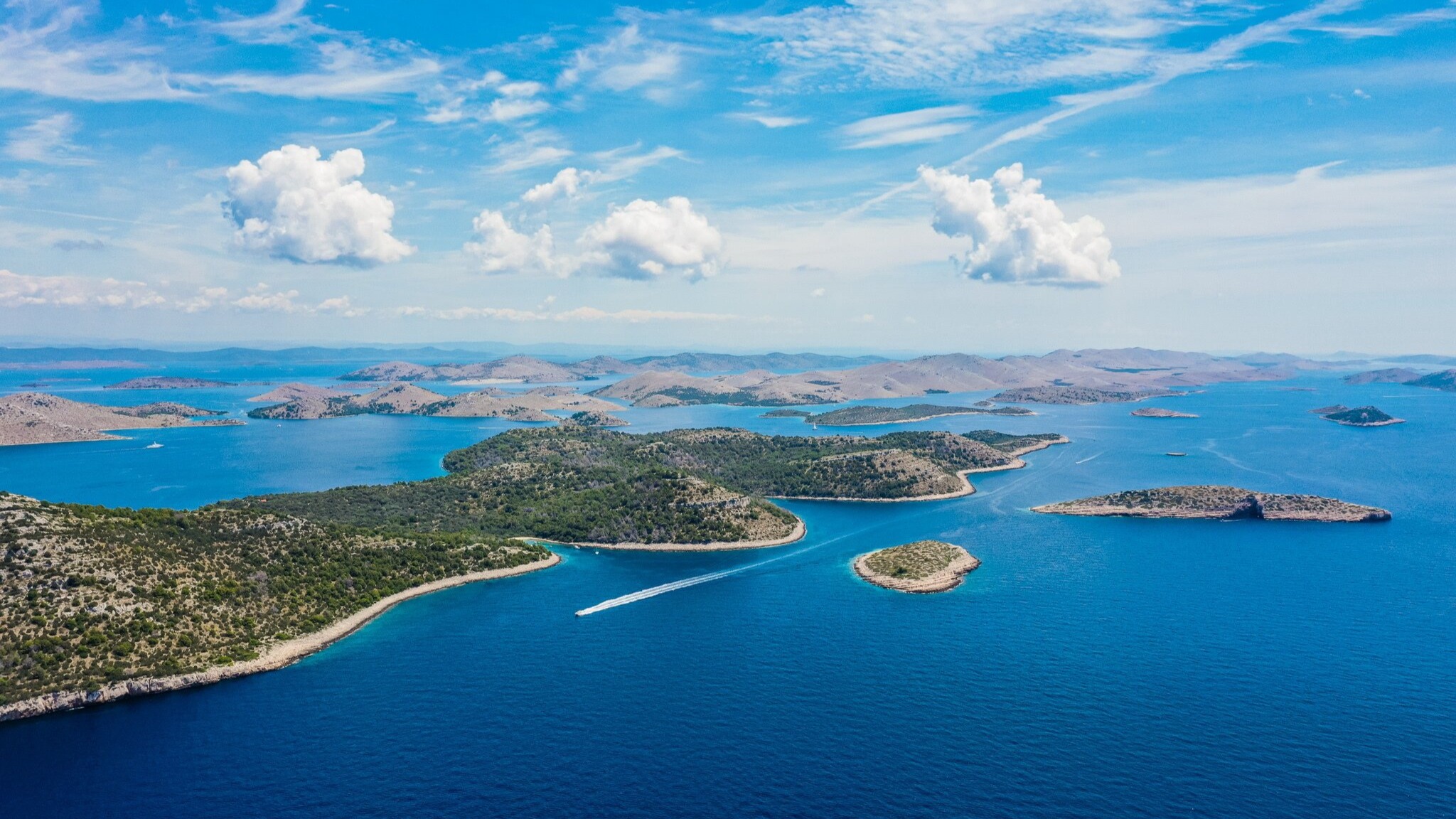
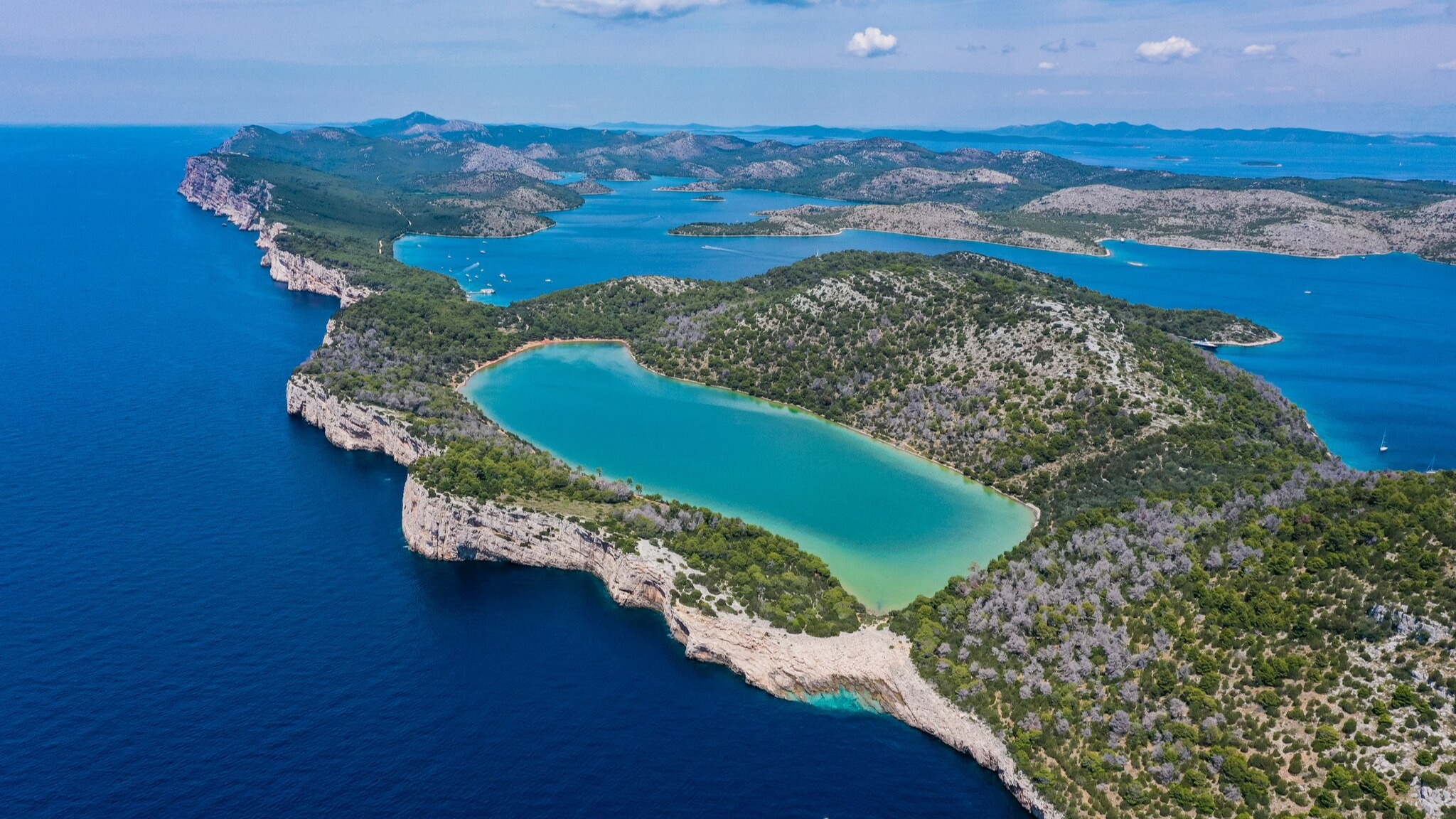
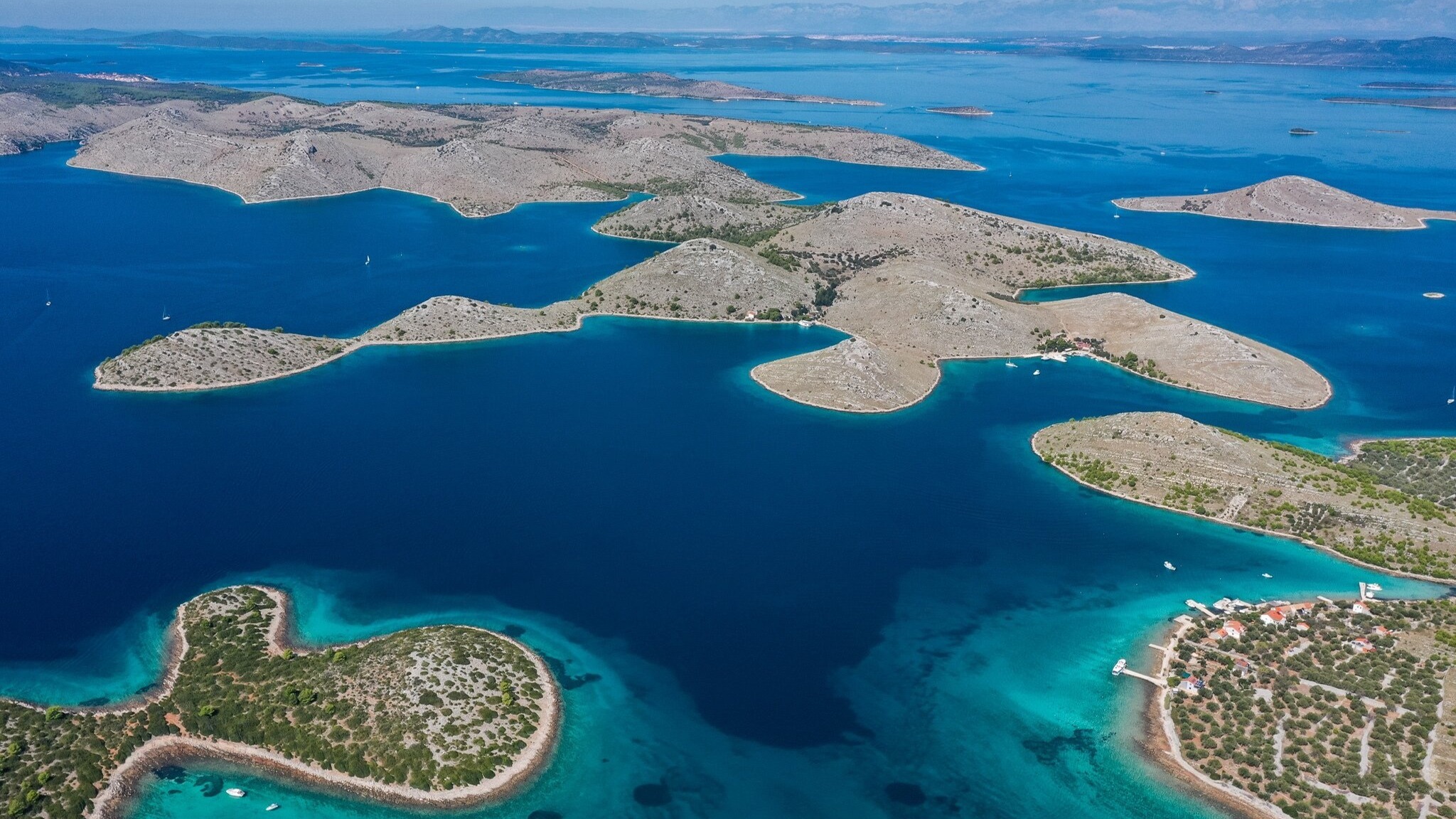
About this activity
Rating
Location
Kornati and Telašćica
Type
Excursion by tourist boat
Duration
10 H
Transportation
Organized
Capacity
1 - 67
Available
-
01.09.2025. - 07.09.2025. | 08:00h
Friday, Saturday, Sunday
-
08.09.2025. - 14.09.2025. | 08:00h
Monday, Tuesday, Thursday, Friday, Saturday, Sunday
-
15.09.2025. - 21.09.2025. | 08:00h
Monday, Tuesday, Wednesday, Thursday
Description
SIGHTS, NATURAL WONDERS & ATTRACTIONS
Telašćica Nature Park - covers 70.5 km2, of which only 25.95 km2 is land and 44,55km2 sea area, including 13 islands, islets and rocks emerging from the water. Its centre is Telašćica bay with the largest depth of 67m- a natural, safe haven for boats.
The park area is a mosaic: calm, enchanting coves, huge, breathtaking rock walls, pine and oak forests, clearings, vineyards, olive groves and rocky hills with Mediterranean vegetation, which includes more than 400 species of plants, many rare and endemic. In the sea, we will meet about 250 species of plants and 300 species of animals, including beautiful red corals or carnivorous sponges.
Also, a donkey has found its home in Telaščica (about 14 animals). Animals freely walk between visitors in the areas around Mir bay and salt lake. Those places are well known to everyone from the advertising photographs of the Park. The lake is home to an endemic species of eel called "cayman", and the mud from its bottom has healing properties.
You can climb the high rock walls near the lake, falling vertically into the sea. They make a huge impression both when we are at the top of them and when we sail by boat at their feet. The highest wall in the Park –Grapšćak- is 161m high above the water surface, and the largest depth "under the walls" reaches 85m. This incredible natural wonder was created by tectonic movements, pushing huge vertical shards of rock upwards and is now the nesting place of many birds, including falcons.
Kornat Island - The largest (32.44 km2) island of the famous "lunar" archipelago of the Kornati Islands. It was from here that he received his name. It includes 89 islands, islets and rocks. The archipelago stretches between Zadar and Szybenik and the National Park was established in 1980 with the aim of protecting the region's natural biodiversity. Most of the islands are uninhabited, they lack sources of fresh water and greenery, which does not mean that there are no plants and animals that feel perfect in these sunny conditions. The most significant wealth of fauna and flora we meet underwater. The bright colour of the rocks, and the sharp outlines of the coast make Kornati look like pyramids dived into the depths of the sea. This view impresses.
